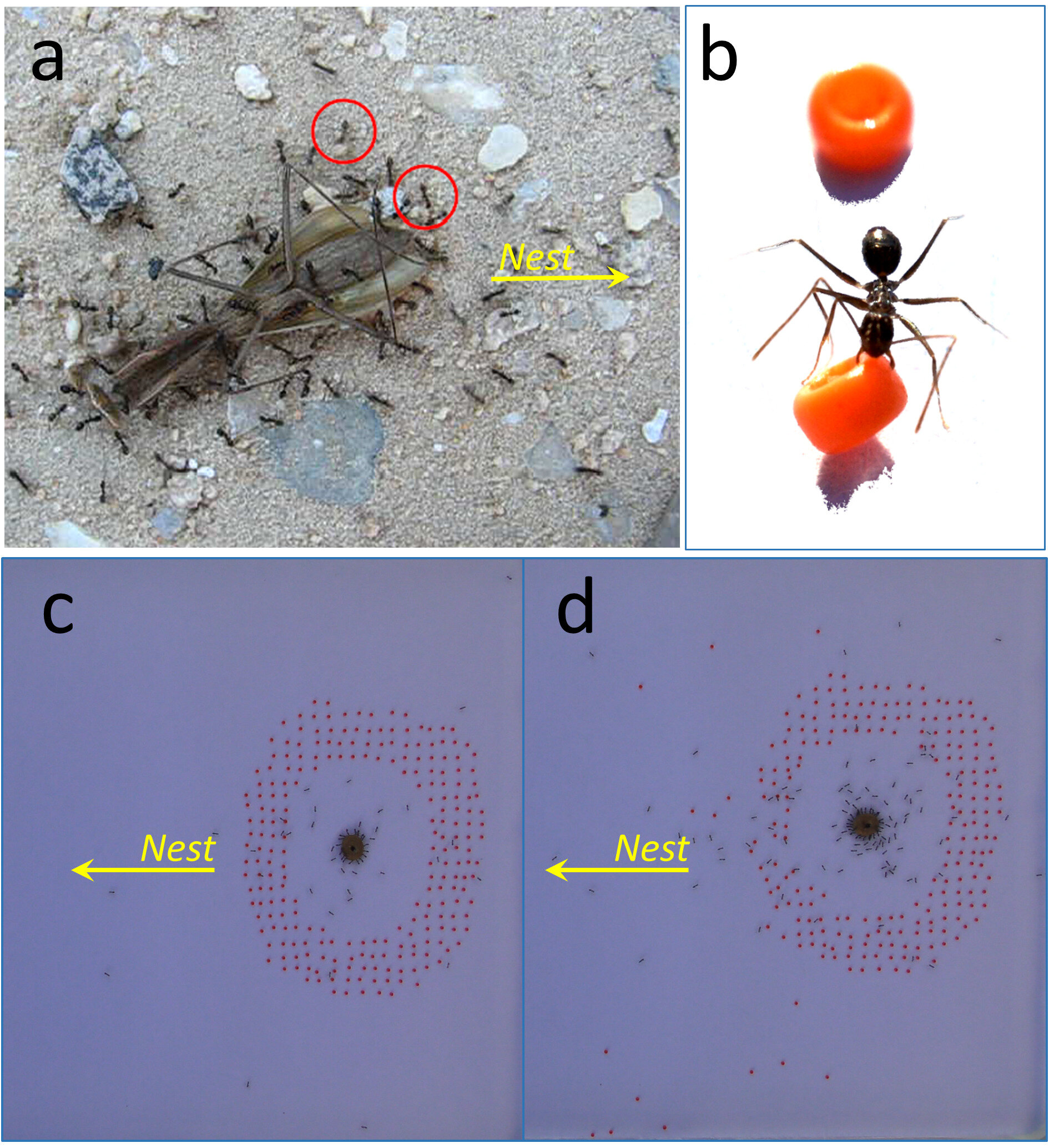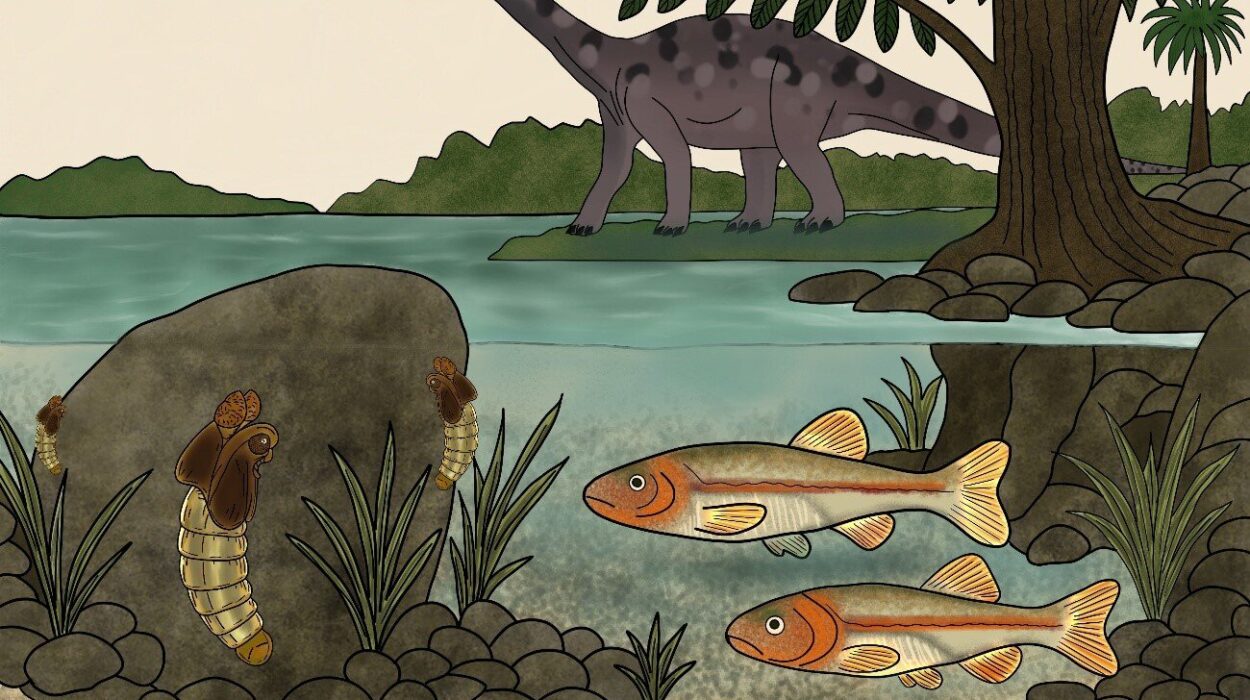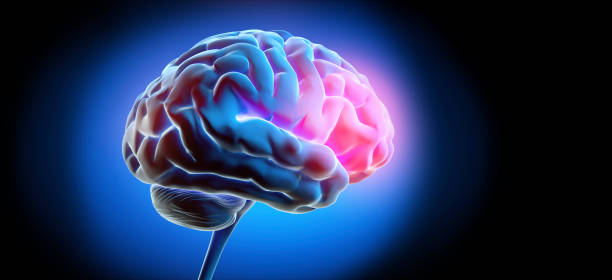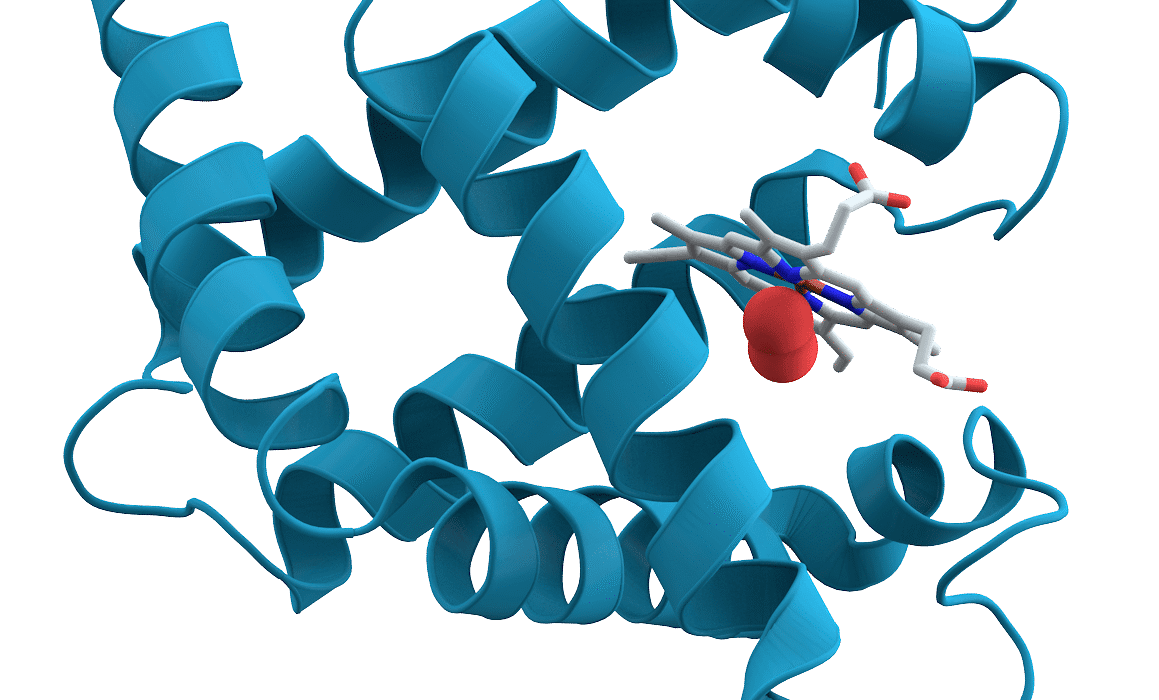In the dusty undergrowth of the Israeli countryside, just beneath our notice, a tiny drama unfolds—one of instinct, chemistry, and coordination so refined it might be mistaken for thought.
A long line of longhorn crazy ants—so named for their erratic running patterns—scurry across the forest floor, their path blocked by scattered beads. At the front, a few ants pause. Then, one by one, they begin to drag the beads aside. They’re not lost or confused. They’re clearing a path—for something that hasn’t even arrived yet.
These ants are not just reacting. They’re anticipating.
This stunning discovery, reported in a new study in Frontiers in Behavioral Neuroscience, reveals the first documented case of forward-planning behavior during cooperative transport in ants. Conducted by researchers at the Weizmann Institute of Science in Israel and collaborators in Switzerland, the study shows how “swarm intelligence” can mimic foresight—even when no single ant understands the full picture.
A Pebble, A Pellet, and a Puzzle
It all began with a chance observation.
While studying the behavior of Paratrechina longicornis—better known as the longhorn crazy ant—Dr. Ehud Fonio and his colleagues noticed something strange. As a team of ants worked together to transport a large piece of food, a few lone workers nearby were doing something unexpected: picking up tiny gravel pebbles and carrying them away from the path ahead of the moving prey.
“When we first saw ants clearing small obstacles ahead of the moving load, we were in awe,” recalled Dr. Ofer Feinerman, a professor at the Weizmann Institute and senior author of the study. “It appeared as if these tiny creatures understood the difficulties that lay ahead and were helping their friends in advance.”
It looked like planning. But could ants really think ahead?
To find out, the team designed 83 controlled experiments using a single supercolony of crazy ants living on the Weizmann campus. Instead of gravel, they used 1.5mm plastic beads to simulate obstacles—roughly half the body length of an ant. For food, they used cat food pellets, which the ants found irresistible.
Then they watched, and waited.
The Secret Signals of the Swarm
What the researchers saw defied traditional views of insect intelligence.
When a whole pellet was placed near a grid of beads, a curious sequence played out. Ants that weren’t even touching the food—often positioned 40mm or more away—were triggered into clearing behavior. Using their mandibles, they began moving the beads out of the way, sometimes dragging them up to 50mm from their original position. One overachieving ant cleared 64 beads in a single run.
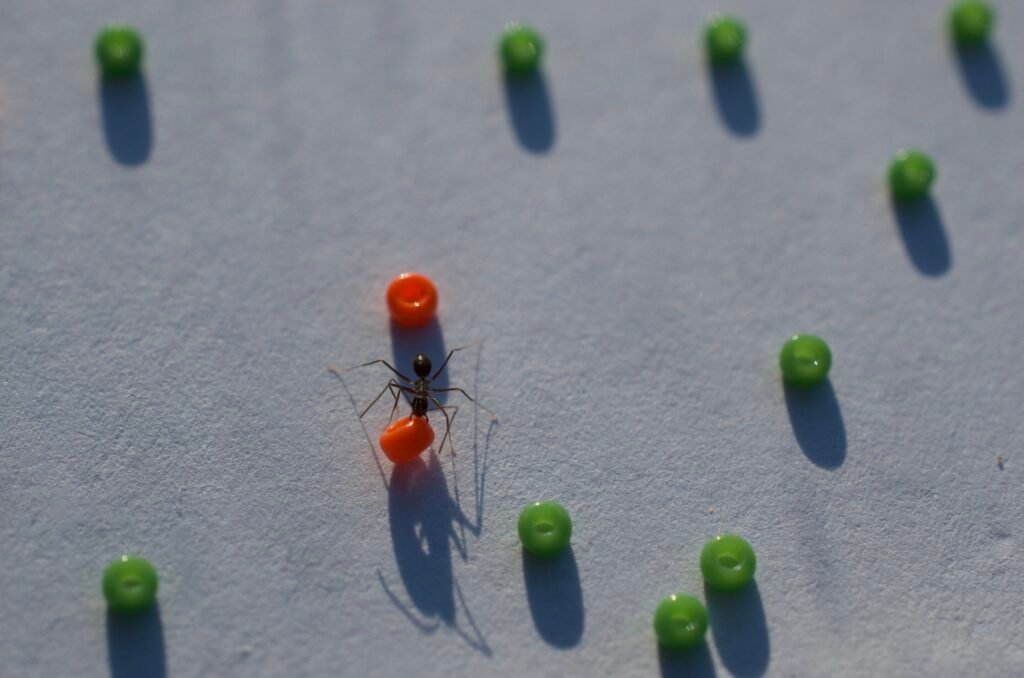
The trigger wasn’t the sight of the food, nor a signal from a leader. It was scent.
Longhorn crazy ants communicate with chemical pheromones. When a forager finds food, it lays down a trail by tapping its abdomen on the ground every 0.2 seconds, leaving tiny droplets that signal others to follow. In this case, those same scent trails did more than attract helpers—they activated a different kind of response entirely.
If a pheromone mark landed near a bead, it was enough to switch a nearby ant into “clearing mode.” From there, the behavior spread. The clearing ants didn’t need to see the food, or even understand why they were moving beads. They were responding to a localized cue. But collectively, they were solving a problem before it occurred.
“When food was presented as crumbs, this didn’t happen,” said Fonio. “Crumbs could be carried by individual workers, who simply navigated around the beads. But whole pellets required cooperative transport, and that meant the path needed to be clear.”
A System Smarter Than Its Parts
To test how much these beads impeded progress, the team ran transport trials through a small tunnel—5cm by 7cm—with and without beads. With the obstacle field, cooperative transport took 18 times longer.
The ants weren’t just being helpful. They were improving efficiency. And they were doing it together, without any one of them understanding the broader goal.
“Taken together, these results imply that our initial impression was wrong,” said Dr. Danielle Mersch, co-author of the study. “Individual workers don’t understand the situation at all. This intelligent behavior happens at the level of the colony, not the individual.”
Each ant follows a simple rule: if you smell fresh pheromone and see an obstacle nearby, move it. But when thousands of ants follow that rule simultaneously, the result is something much more complex. It’s what scientists call “emergent behavior”—where the whole is greater than the sum of its parts.
Or, as Feinerman puts it: “Humans think ahead by imagining future events in their minds. Ants don’t do that. But by interacting through chemical signals and shared actions, ant colonies can behave in surprisingly smart ways—achieving tasks that look planned, even though no single ant is doing the planning.”
The Brain-Sized Mystery of Collective Genius
On its own, an ant’s brain is minuscule—smaller than a poppy seed. Each ant has between 250,000 and 1 million neurons. By comparison, the human brain contains over 86 billion.
Yet across more than 14,000 ant species, behaviors have evolved that border on the unbelievable. Some farm crops. Others herd aphids. Some perform surgical amputations on infected limbs. Others build elaborate ventilation systems, maintain hygiene zones, or quarantine sick nestmates.
Now, we can add forward-looking obstacle removal to that list.
“This is awe-inspiring,” said Feinerman. “It reminds us that intelligence isn’t just something that lives inside a single brain. It can emerge through communication, collaboration, and simple rules working in harmony.”
That’s not just a curiosity—it’s a lesson.
Swarm Smarts and Human Brains
There’s a growing fascination with how natural systems solve problems. Engineers and roboticists are already designing machines that mimic swarm behavior. In computing, algorithms based on ant foraging are used to solve complex optimization tasks. And in neuroscience, some scientists look at ant colonies as analogs for brain function itself.
“Each neuron in the brain is like an ant,” Mersch explained. “Individually, neurons follow very basic rules. But when they interact, they create consciousness, thought, emotion. Just like ants interacting through pheromones create group-level intelligence.”
The implications stretch from biology to artificial intelligence. Could we one day build machines that think not by mimicking our brains directly, but by imitating ants?
The crazy ants aren’t telling.
But as they march across the soil, dragging beads in silence, clearing paths they cannot comprehend, they’re showing us something profound: that intelligence comes in many forms, and that sometimes, the smartest systems are the ones where no one’s in charge.
Reference: Ants engaged in cooperative food transport show anticipatory and nest-oriented clearing of the obstacles surrounding the food: goal-directed behavior emerging from collective cognition, Frontiers in Behavioral Neuroscience (2025). DOI: 10.3389/fnbeh.2025.1533372
